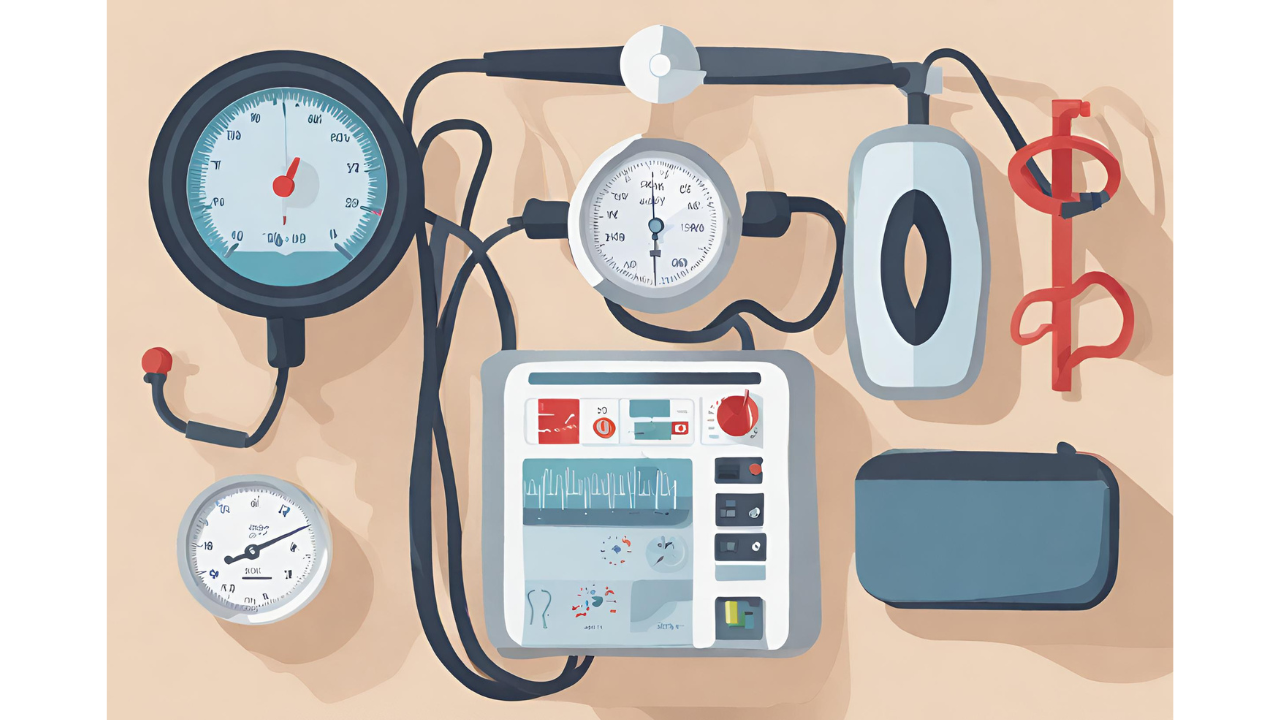How Exercise Helps Manage Blood Pressure: Move Your Body, Lower Your Numbers.

Did you know that one in three adults in the United States has high blood pressure? Also known as hypertension, high blood pressure is a serious health condition that can increase your risk of heart disease, stroke, and kidney problems.
But there's good news! Regular exercise can be a powerful tool for controlling blood pressure and improving overall health.
Hi there, my name is Dakota. I am a certified Exercise Physiologist specializing in Strength and Nutrition coaching. I am passionate about helping people achieve their health and fitness goals. Today, I'll explain how exercise and blood pressure are related, which exercises are the best to lower blood pressure, and how you can start taking action toward better health.
How Does Exercise Lower Blood Pressure?
Your heart is a muscle (myocardium!). The more you exercise, the stronger it becomes, like the outside muscles you can see (biceps, triceps, calves, etc!).
A strong heart can pump blood throughout your body more efficiently, which can help lower your blood pressure. Working out elevates your heart and increases your blood pressure in the moment, which is needed to deliver nutrients. However, exercise also helps your blood vessels relax and become more elastic, allowing blood to flow more easily after workouts (an increase in vagal tone!).
Additionally, regular exercise can help you maintain a healthy weight, another important factor for healthy blood pressure.
What is Vagal Tone?
It has been studied that exercise surprisingly increases vagal tone after exercise, even though it elevates heart rate.
The vagus nerve, part of the parasympathetic nervous system, is responsible for the body's "rest and digest" state. After exercising, an increased vagal tone indicates that the nerve is more active, promoting recovery and potentially explaining why regular exercise is linked to better heart health.
Recent research suggests that high-intensity exercise may be more effective than low-intensity exercise for this short-term boost. Regular exercise training can also lead to sustained improvements in vagal tone.
Reference:
Yu, H., Zhao, X., Wu, X., Yang, J., Wang, J., & Hou, L. (2023). High-intensity interval training versus moderate-intensity continuous training on patient quality of life in cardiovascular disease: a systematic review and meta-analysis. Scientific Reports, 13(1), 13915. https://doi.org/10.1038/s41598-023-40589-5
What Kind of Exercise is Best?
The good news is that most types of exercise can help lower your blood pressure. The best exercises are the ones that elevate your heart rate for a reasonable amount of time (10+ minutes!)
"All healthy adults aged 18–65 should participate in moderate-intensity aerobic physical activity for a minimum of 30 minutes five days per week or vigorous-intensity aerobic activity for a minimum of 20 minutes three days per week."
-ACSM & CDC
Aim for at least 150 minutes of moderate-intensity aerobic activity, like brisk walking, swimming, or cycling, spread out throughout the week.
Strength training exercises, which work for all your major muscle groups, are also recommended two or more times a week for overall fitness and blood pressure management.
Getting Started with Exercise
It is always advisable to consult with your doctor before beginning a new workout routine, particularly if you have any underlying health issues. Your doctor can assist you in creating a secure and useful exercise plan or refer you to a professional.
Novices should begin slowly and gradually increasing the intensity and duration of their workouts as they gain strength. Even minor changes can have a significant impact.
For instance, taking the stairs instead of the elevator, parking farther from your destination, or incorporating short workout breaks throughout your day (three 15-minute walks daily!) can all add up and help you achieve your fitness goals.
Conclusion
Regular exercise is a powerful tool to help you manage your blood pressure and improve your overall health.
Physical activity strengthens your heart, enhances blood circulation, and aids in maintaining a healthy weight. Even small changes in your activity level can make a significant difference. So, whether you prefer running, dancing, or practicing yoga, it's time to get moving, take charge of your health, and manage your blood pressure!
Exercise is important for managing blood pressure, but what we eat can have an even bigger impact. Check out 'Nutrition Tips for Lowering Blood Pressure.'
Do you have any questions about starting an exercise routine? Leave a comment below and I'd be happy to help!